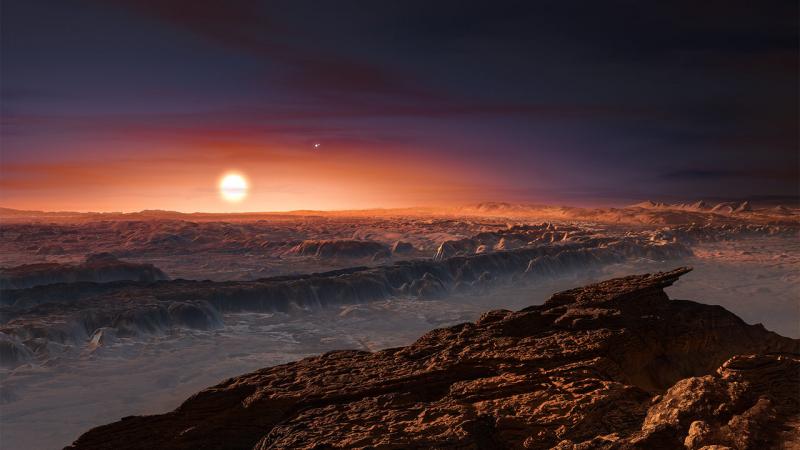Goldilocks and the Wolf Star
Genesis 1:16b
… he made the stars also.
In a previous Creation Moments, we talked about the Circumstellar Habitable Zone, or CHZ, which is a region around a star, where astronomers think that water is likely to be in liquid phase. This zone, not too hot and not too cold, is sometimes called the Goldilocks Zone.
 A star, known as Wolf 1061, approximately 14 light years away from us, is thought to be orbited by at least three planets. The third of these, reckoned by distance from the star, is within the Goldilocks Zone. Therefore, there is speculation about whether it could support life.
A star, known as Wolf 1061, approximately 14 light years away from us, is thought to be orbited by at least three planets. The third of these, reckoned by distance from the star, is within the Goldilocks Zone. Therefore, there is speculation about whether it could support life.
One astronomer, studying the planet, known as Wolf 1061c, has noted that its orbit is more eccentric than that of Earth. Additionally, the host star is a red dwarf, so the orbit of the planet is shorter, and the orbital period faster, than that of Earth. He speculates that the climate of the planet could therefore be somewhat chaotic.
It should be noted that these so-called exoplanets are not actually observed by telescope. Their existence is inferred from observed data, such as spectroscopy, and variations in the star’s light and movements. We find nothing wrong per se with the educated guesswork used, to paint word pictures of these supposed environments, but it is disingenuous to describe the planets as if life had almost already been discovered. As we have previously noted, much of the speculation is based on evolutionary presuppositions. It is better to base our legitimate imagination on the hard reality of what God tells us about how He made the universe, in the pages of the Bible.
Prayer:
When we look at the heavens that You have created, Lord God, we stand in amazement. We thank You that, in Your creative power, You were still mindful of us. Thank You for being our Father. Amen.
Notes:
San Francisco State University. (2017, January 19). Astronomer searches for signs of life on Wolf 1061 exoplanet: Searching for signs of life in one of the extrasolar systems closest to Earth. ScienceDaily. Retrieved February 22, 2017 from www.sciencedaily.com/releases/2017/01/170119161546.htm
Image: Creative Commons Attribution 4.0 International License, credits ESO/M. Kornmesser